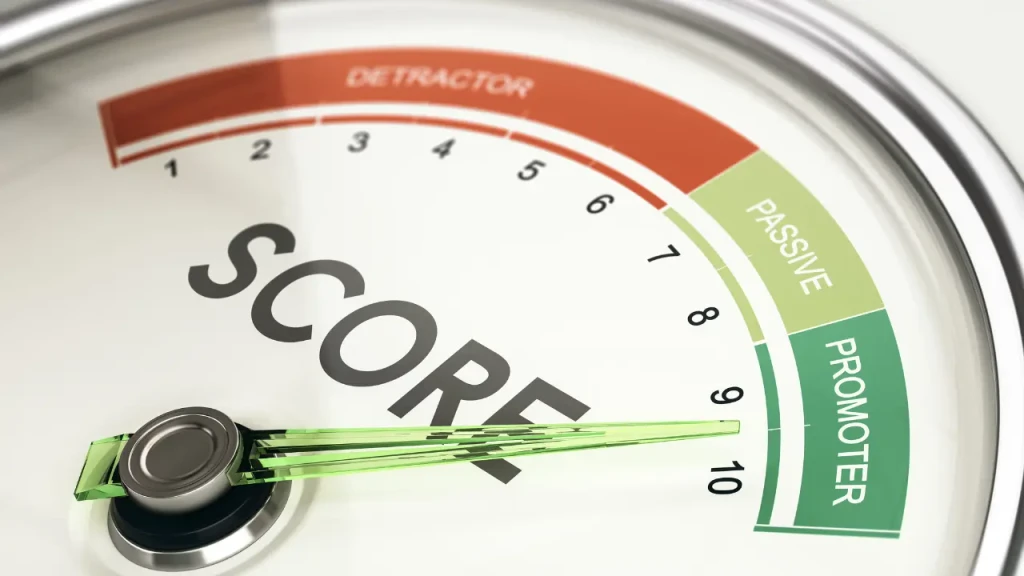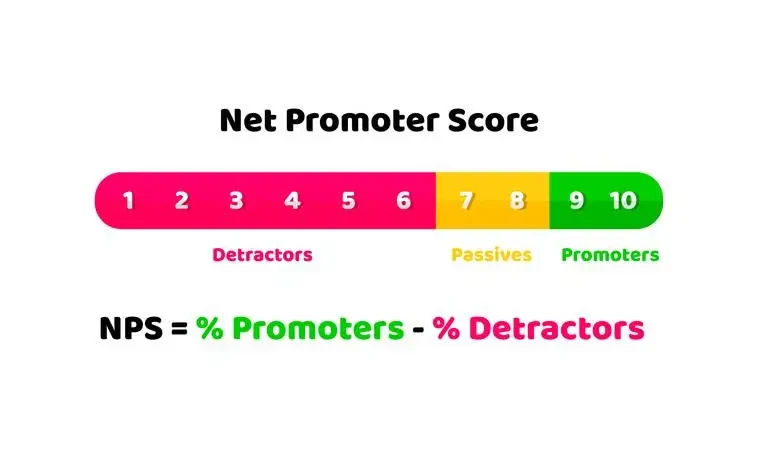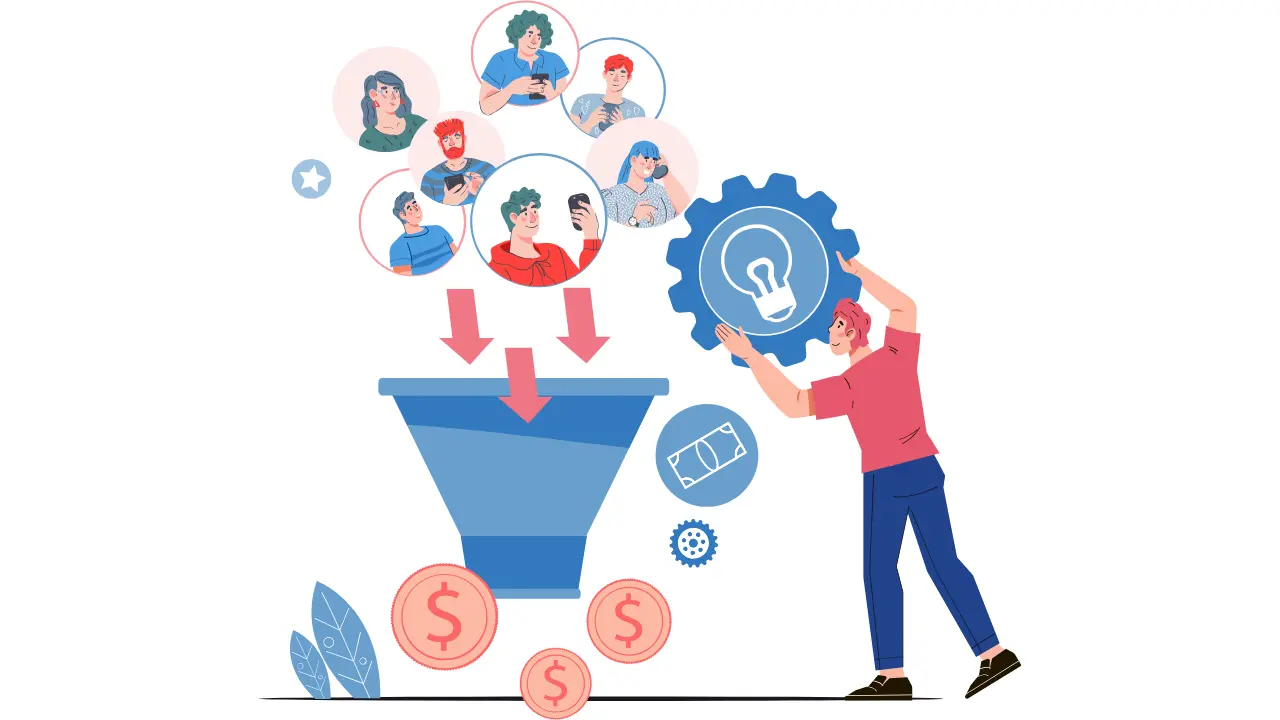Net Promoter Score: Definition and Importance in Marketing
- Unlocking the Power of Net Promoter Score (NPS) in Marketing
- What is Net Promoter Score (NPS)?
- Why do we use NPS? Why is it important in marketing?
- Net Promoter Score Calculation
Unlocking the Power of Net Promoter Score (NPS) in Marketing
In the dynamic realm of marketing, where success depends on understanding and connecting with your audience, one metric stands out like a guiding star: the Net Promoter Score (NPS). Just as a captain relies on the North Star to navigate, marketers rely on NPS to steer their strategies in the right direction.
What is Net Promoter Score (NPS)?
Imagine you stumble upon a new cafe in town, and it’s so good that you can’t help but rave about it to your friends. NPS is like asking those friends how likely they are to recommend the cafe to others. In simpler terms, Net Promoter Score is a powerful tool that measures customer loyalty and gauges their willingness to promote a product or service.
Why do we use NPS? Why is it important in marketing?
NPS isn’t just a random assortment of letters; it’s a compass that reveals the path to sustainable growth. By understanding how likely your customers are to recommend your brand, you unlock a treasure trove of insights. High NPS scores indicate a strong, loyal customer base, while low scores signal areas that need improvement. In a world where customers hold the reins, NPS empowers marketers to tailor strategies that win hearts and loyalty.
Following are the use-cases of a Net Promoter Score (NPS):
Fine-Tuning the Customer Experience
Picture this: you’re the marketing maestro behind an e-commerce platform. By analyzing NPS feedback, you uncover that customers adore your user-friendly interface but wish for faster shipping. Armed with this knowledge, you optimise your logistics, resulting in happier customers and increased recommendations.
Product Innovation
The NPS fairy also whispers ideas for innovation. Suppose you manage a mobile app that offers language learning. NPS responses reveal that users love the gamified learning modules but desire more interactive quizzes. Your team heeds this call and develops engaging quizzes, enhancing the learning experience and boosting word-of-mouth referrals.
Measuring Campaign Impact
Imagine launching a witty ad campaign that sparks conversations. NPS helps you measure its impact by tracking how many new enthusiasts your existing customers bring in. If your campaign turns customers into enthusiastic promoters, you’re onto marketing gold.
Comparing Against Competitors
NPS doesn’t just let you peek into your own garden; it lets you gaze over the neighbour’s fence too. If your NPS triumphs over your competitors’, it’s time for a victory dance. If not, it’s a challenge to rise higher on the recommendation scale.
Employee Satisfaction
Marketing doesn’t happen in a vacuum; your team is the wind beneath your marketing sails. NPS extends its magic to your employees. Happy employees make magic happen, leading to better customer experiences and, you guessed it, a higher NPS.
Net Promoter Score Calculation
Lucky for you, NPS doesn’t require a magical incantation; it’s straightforward. Begin by sending out a simple question: “On a scale of 0 to 10, how likely are you to recommend us to a friend?” Responses are categorized into Promoters (9–10), Passives (7-8), and Detractors (0–6). Subtract the percentage of Detractors from the percentage of Promoters, and voilà, you have your NPS.
So there you have it, your mini-guide to NPS, the magician’s wand that turns customers into your marketing accomplices. Now, go forth and spread the NPS gospel; after all, it’s not just a score; it’s a symphony of customer delight.
This article is written by Lucky Dewangan, a student at Kraftshala, as part of content writing program called Content & Social Media Launchpad.
If you’re eager to unravel more mysteries of the marketing universe, check out Kraftshala’s Marketing Launchpad program in digital marketing.











